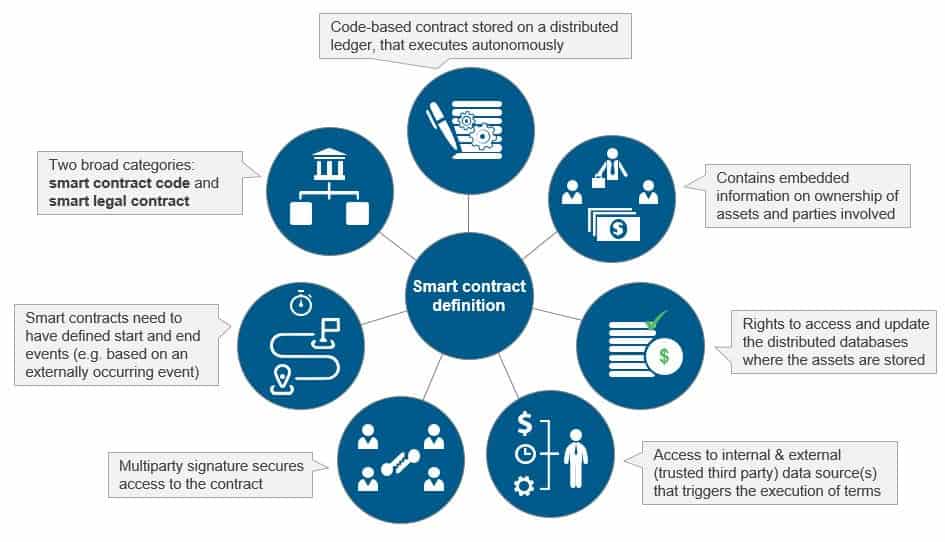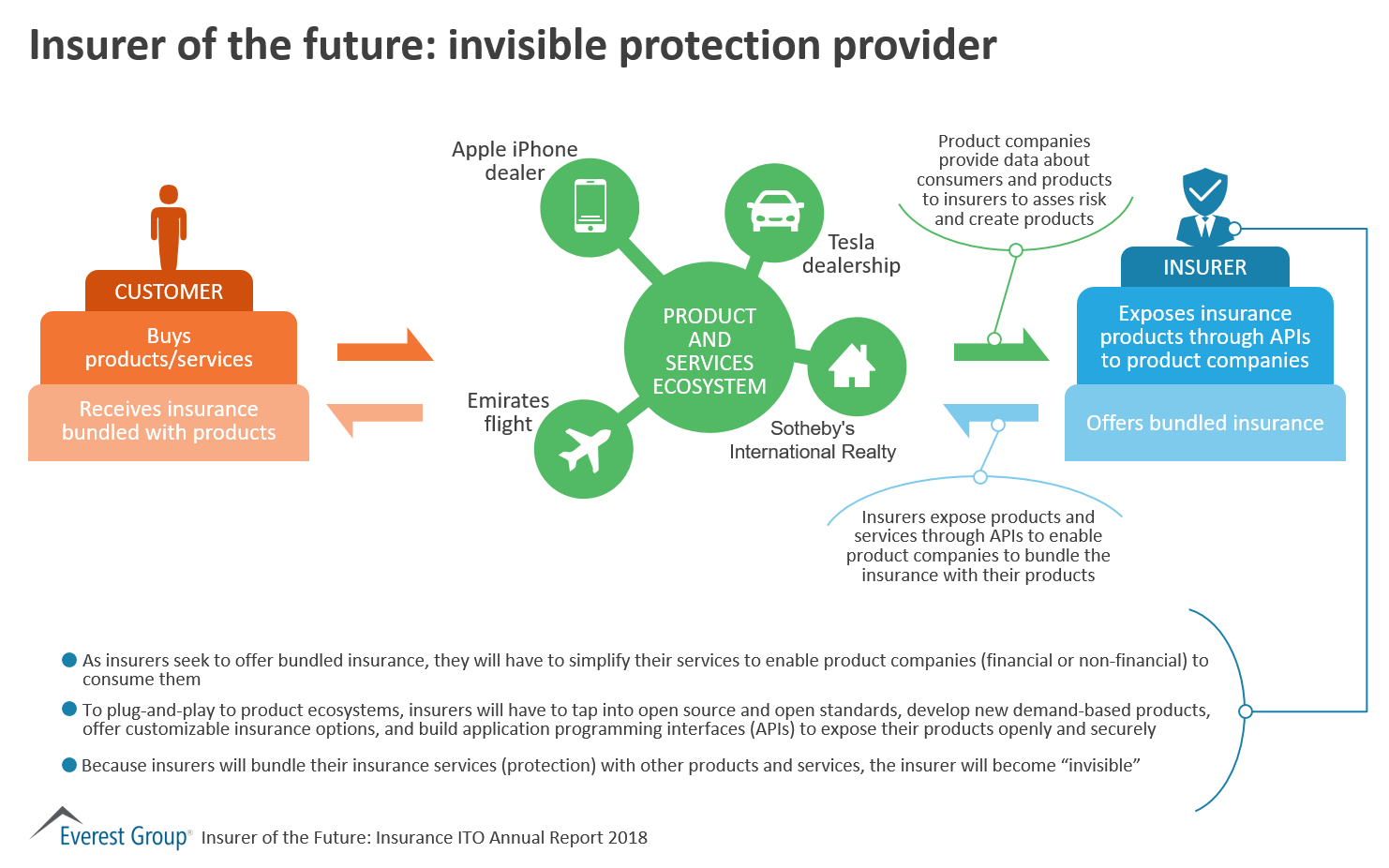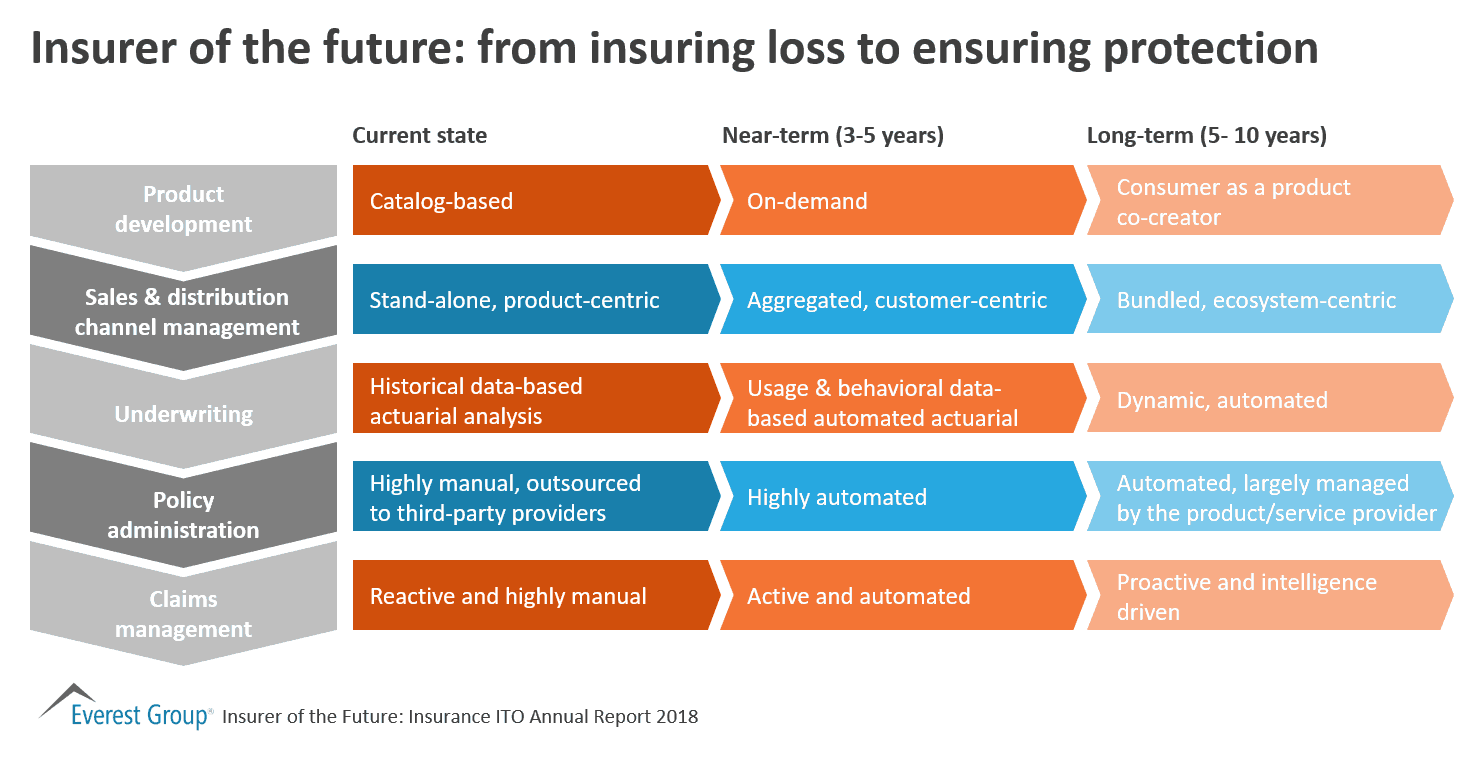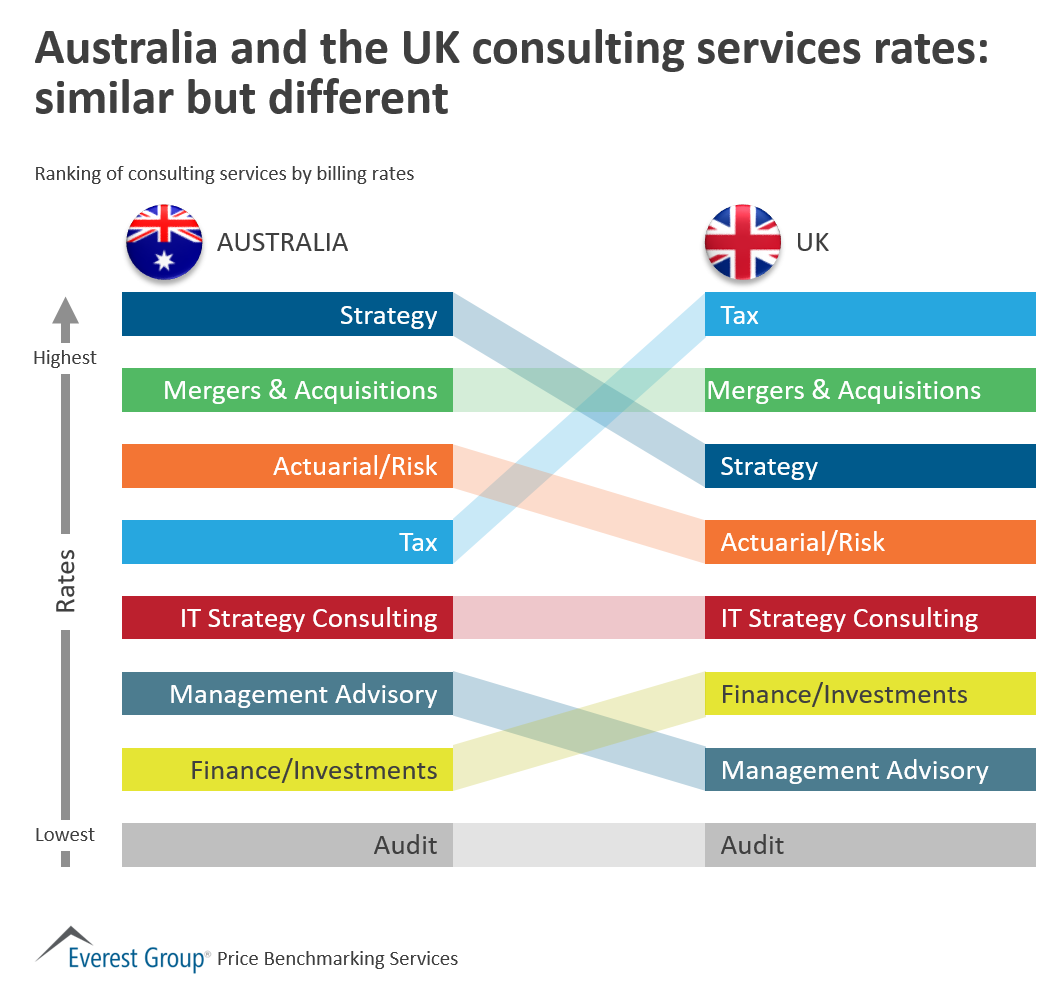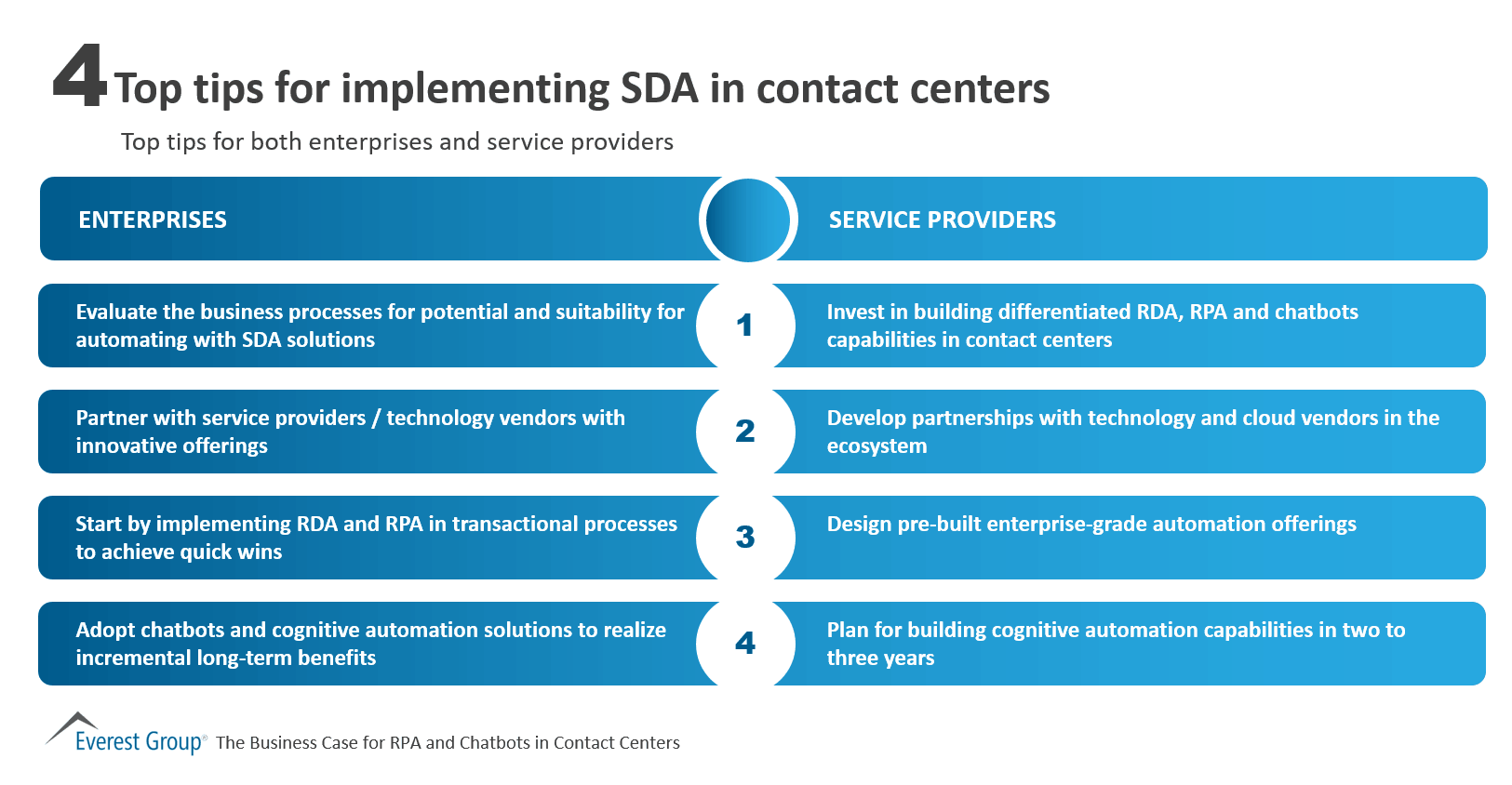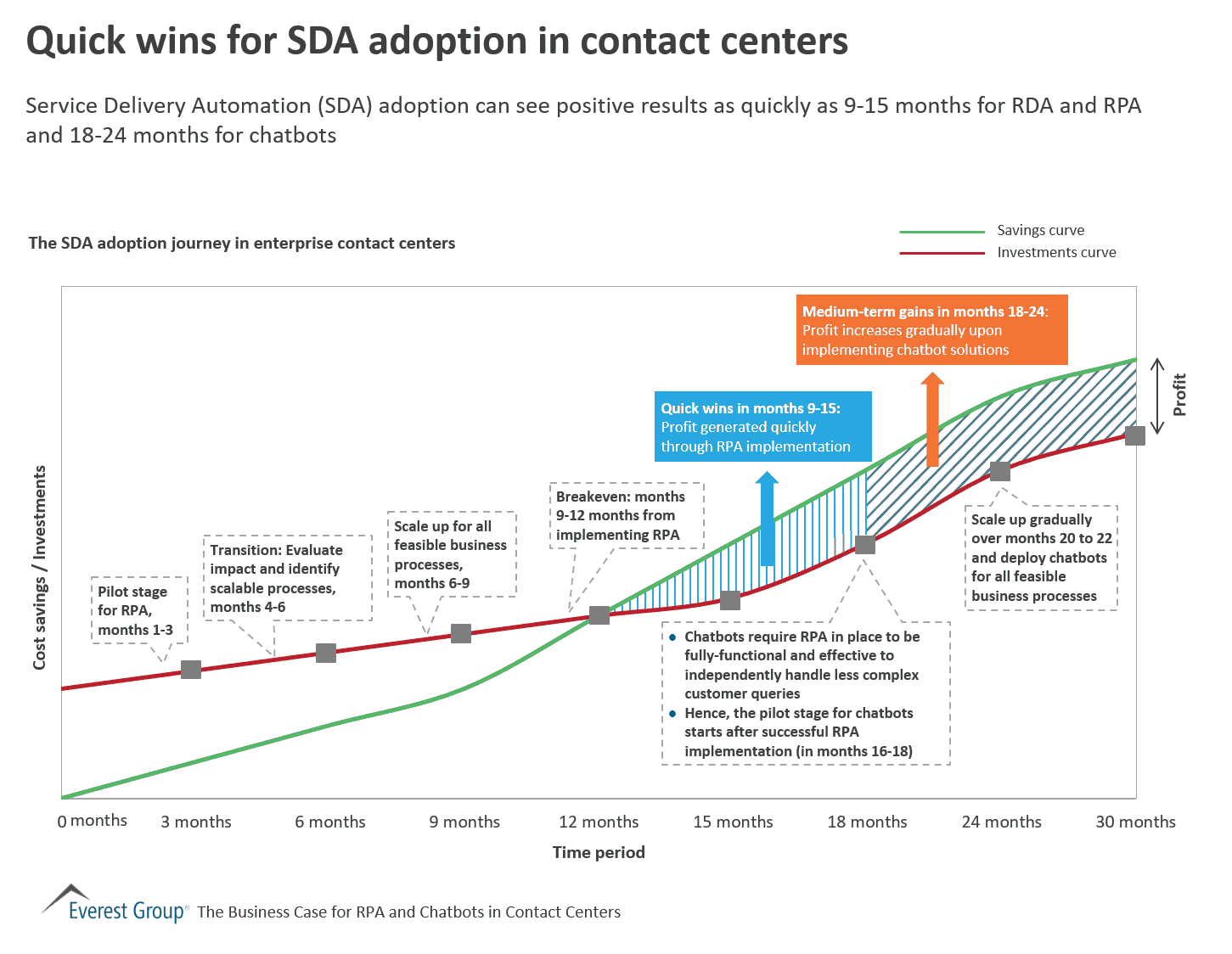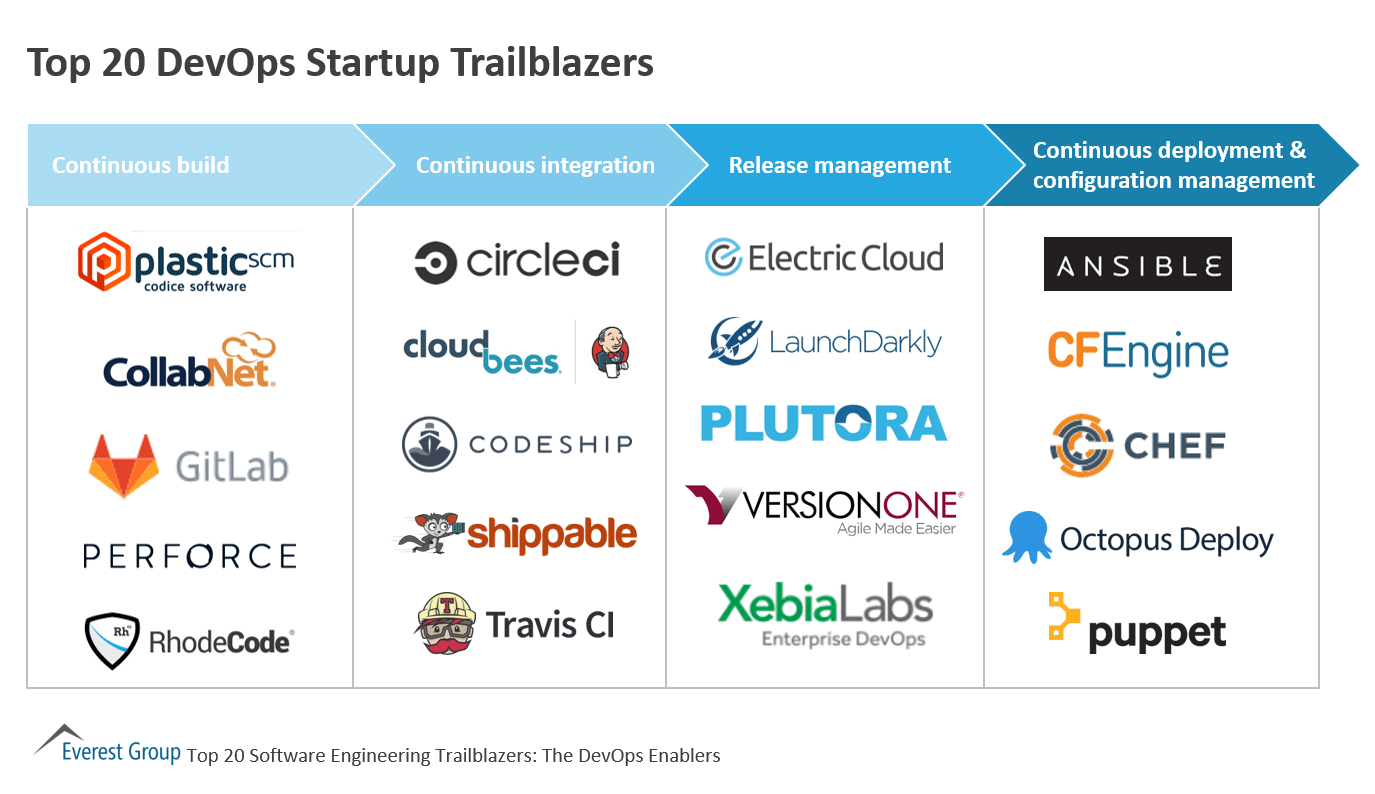Bitcoin is to Blockchain What A5 was to GSM – A Parallel from Digital History | Sherpas in Blue Shirts
The mobile communications industry provides a historical example of how it solved a real problem with cryptography, overcame complexity, and transformed a market once viewed as a niche into something the world takes for granted. Blockchain has a way to go.
Blockchain is no longer just Bitcoin. Medical records, claims handling, fraud checking, supply chain management, national identity records and personnel background checks: all need to access data from multiple sources between multiple entities, in a secure, efficient way.
But all technology adoptions face challenges. An article by Iansiti and Lakhani in the February 2017 edition of Harvard Business Review presented that complexity and novelty are the two principal challenges. Complexity is defined as “the number and diversity of parties that need to work together to produce value with the technology.” Successful adoption requires a huge effort of co-ordination. The more parties involved in the technology ecosystem, the longer it takes.
Novelty translates as “is this a solution looking for a problem?” In other words, does the technology solve a real problem, or one that’s manufactured to accommodate the technology? The ecosystem needs to understand the problem and recognize the solution.
With that stage-setting, let’s take a look at an historical precedent that shows how a complicated technology that required multi-party cooperation and adherence to a common standard overcame complexity and addressed novelty to make the long journey from concept to successful adoption.
GSM: Global System for Mobile Communications, nee Groupe Speciale Mobile
In February 1987, the European Conference of Postal and Telecommunications Administrations (CEPT)published the first draft of a specification for mobile telephony, GSM, which had been conceived in 1982. At that time, mobile radio was a well-established, if niche, expensive, and technologically imperfect phenomenon. CEPT recognized that business people needed to use a phone connected to a public telephone network while on the move, and sought to improve its use in several ways.
Because phone call privacy was critically important to business users, CEPT specified a stream-cipher technique called the A5 algorithm (“A5”) at the February 1987 meeting. When the first GSM networks were launched commercially four years later, users simply understood that with a GSM phone, it was impossible for anybody with a $50 Tandy scanner to listen in on their phone calls. Cryptography had found a receptive marketplace, and the prevailing term “digital” sold the idea that conversations on the move were private and secure.
Because successive organizations that promoted GSM lined up a pool of telecom operators willing to buy, technology manufacturers organized themselves into consortia to share the risk, and invested heavily in turning GSM into physical equipment in just four years. National regulators then set the conditions for the licensing of competitive carrier models. With these moves, GSM had overcome complexity in its ecosystem “to produce value with the technology.”
Five years after its commercial launch in Finland in November 1991, GSM with A5 had been adopted by 200 carriers in 100 countries. Just under half of the world’s mobile phone subscribers were connected to a GSM network by 1996. By the end of 2008, when Bitcoin was creeping onto the world stage, an evolved set of standards based on GSM had become a de facto global standard for mobile.
Users of most of the world’s five billion active mobile phones don’t know or care why A5 was specified, that it can now be processed in real time by security services, or that it has been routinely hacked by cryptographers since the late 1990s. But in recognizing that a solution was required for an easily understood problem – air-interface privacy – CEPT had kick-started a market, assisted by cryptography, with scale and application way beyond the problem which the technology originally solved.
But, even with a highly orchestrated ecosystem, it had taken 26 years.
Back to Blockchain
Blockchain technology has arrived, and proofs of concept and enterprise-specific applications abound. IBM and Maersk will establish a joint venture to develop a trade platform for the global shipping industry. Australia’s stock exchange, ASX, is deploying blockchain to replace its existing registry, settlement, and clearing system. Nation states following Estonia’s lead are considering using blockchain to build their entire e-government infrastructures.
Blockchain as a broad technology will certainly end up as a solution to thousands of parochial problems. But the back to the future lesson from GSM and A5 is that for Blockchain to emerge as a transformative solution on a global scale, it needs a single big ecosystem (banks?) to identify a single problem (interbank settlement?) and to adopt a single standardized approach (Ethereum? Ripple? Iroha? Corda? Quorum? Sawtooth? Et al?). That ecosystem must have convinced regulators at worst that the approach will be compliant, and at best that the approach is mandatory. It must then agree timelines for implementation and adoption, and stick to them.
Will it take 26 years? I guess we’ll all have to shine up our crystal balls.
To learn about our practical five-point framework for understanding business processes that are best suited to blockchain adoption, please see our November 2017 viewpoint, “Unblocking Blockchain Adoption“.
